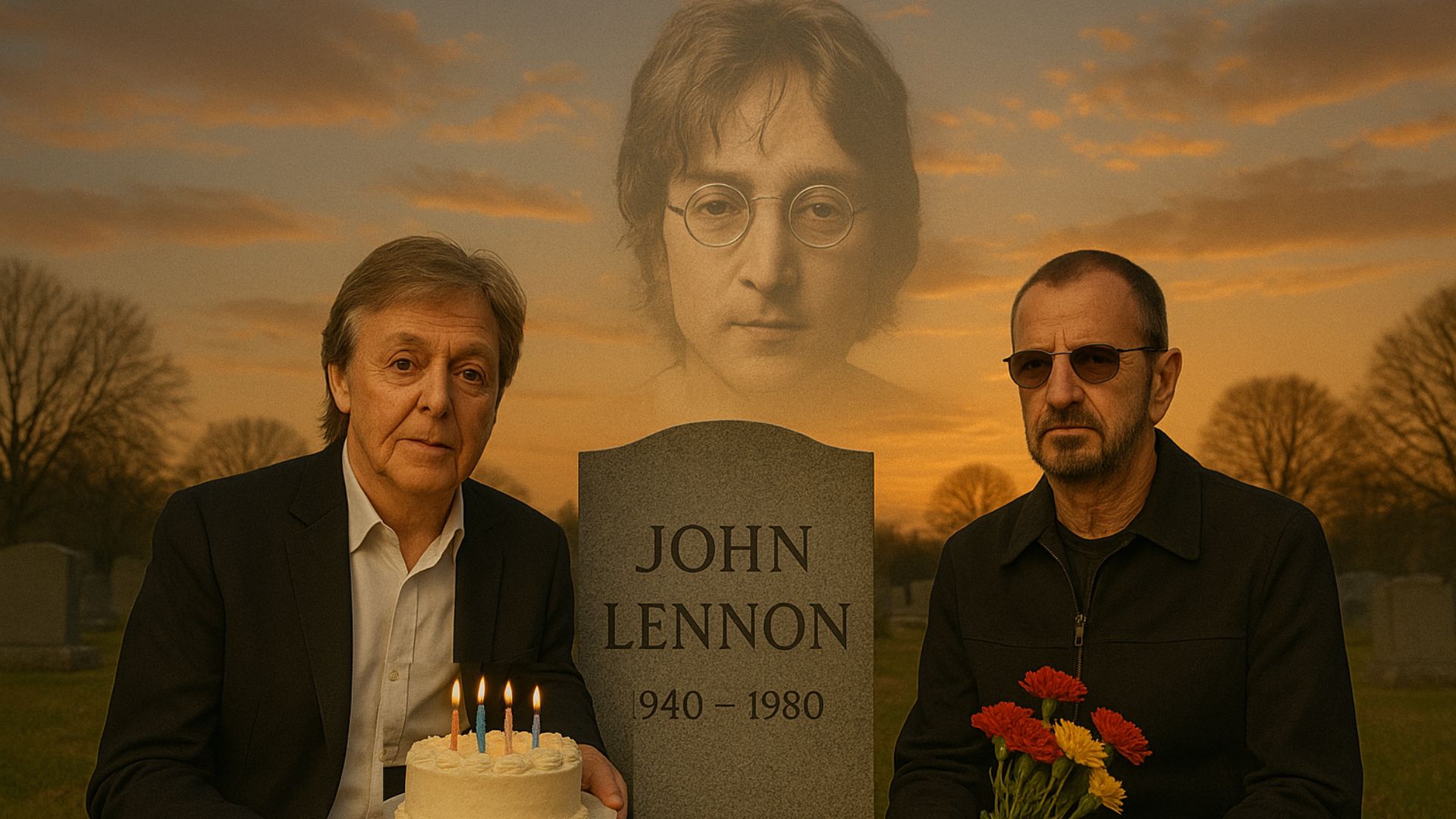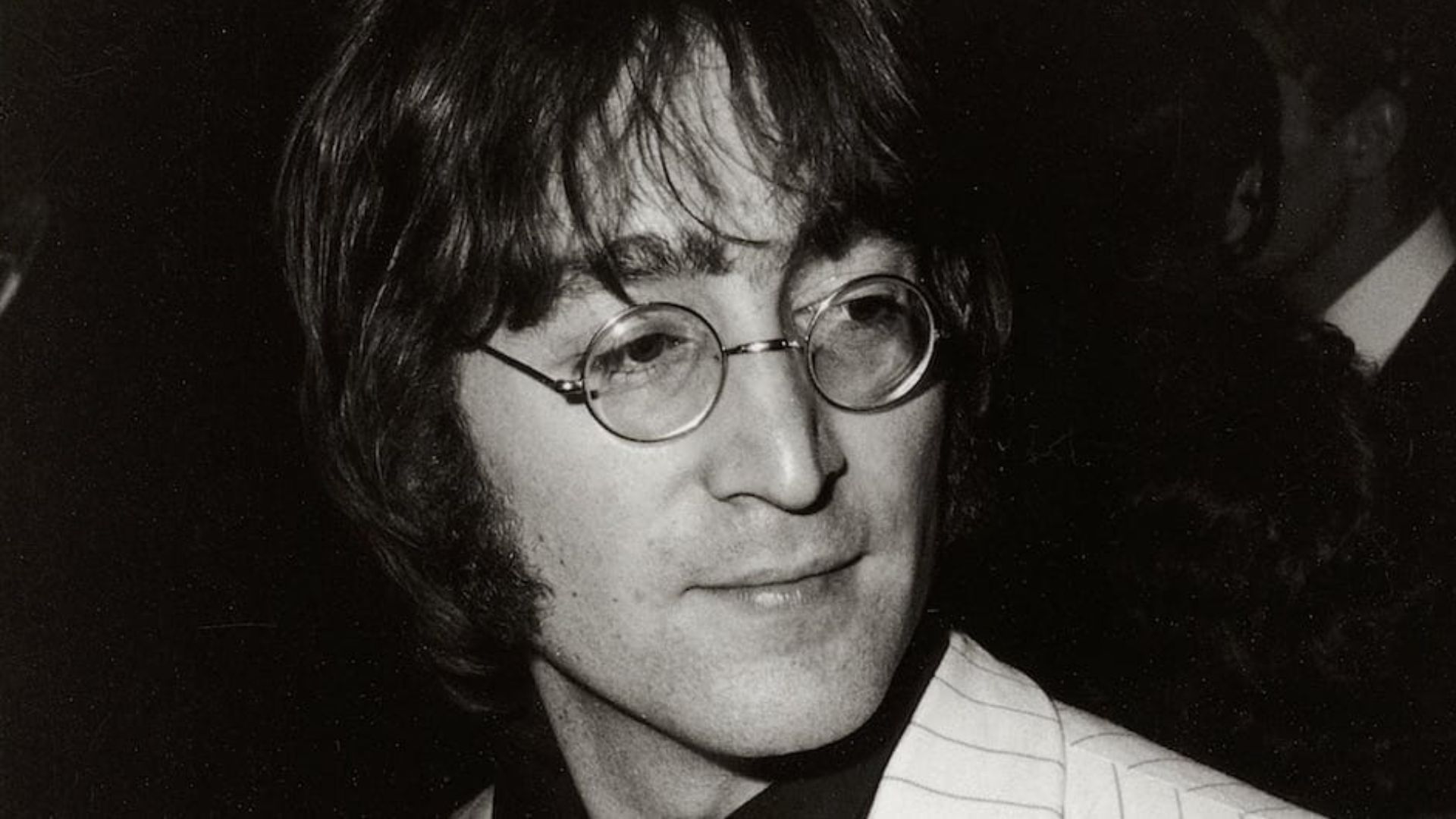
When George Harrison wrote “Here Comes the Sun” in the spring of 1969, it wasn’t in a studio or a hotel or a boardroom — it was in a garden. After months of exhaustion, business meetings, and tension within the band, George found himself walking through Eric Clapton’s countryside home in Surrey, the sunlight finally breaking through after a long English winter. He picked up a guitar, sat beneath the trees, and played the first few chords of what would become one of the most hopeful songs in history.

“Here Comes the Sun” is simplicity at its most profound. Just a few gentle notes, a melody so natural it feels eternal, and lyrics that speak to every heart that’s ever endured a long, dark season. “Little darling, it’s been a long, cold, lonely winter…” he sings, and with those words, the world seems to exhale. The song isn’t just about weather — it’s about renewal, forgiveness, and light returning after despair.
“It seems like years since it’s been here,” George admits softly, his voice both weary and full of wonder. It’s that blend of vulnerability and hope that makes the song timeless. He’s not denying the darkness — he’s acknowledging it, and still choosing joy. That’s why “Here Comes the Sun” feels like healing in musical form. It doesn’t erase pain; it melts it.
The arrangement — delicate acoustic guitar, gentle percussion, and George Martin’s quietly luminous orchestration — creates a soundscape that feels like dawn itself. Each instrument rises slowly, like light creeping over the horizon. Paul McCartney’s bass hums with warmth, Ringo Starr’s rhythm skips like a heartbeat, and the synthesizer (an early Moog) adds a shimmer that feels almost divine. It’s a reminder that innovation and emotion can coexist — that technology, in George’s hands, could sound as organic as sunlight.
What makes “Here Comes the Sun” so enduring is that it transcends time. It’s not tied to a decade, a trend, or even a genre. It speaks a universal truth: that light always returns. Whether it’s the end of grief, the easing of doubt, or the slow mending of the heart, this song becomes the sound of relief — of hope quietly taking root again.
It’s impossible to hear it without feeling a smile — not just happiness, but peace. Because Harrison’s joy was never loud or boastful. It was humble, spiritual, almost grateful. You can sense that he isn’t just singing about the changing of the seasons — he’s bearing witness to it, as though thanking the universe for reminding him that love and life still bloom, even after the coldest days.
Decades later, when Paul McCartney performs the song in tribute to George, there’s always a hush in the crowd. The first notes fall, and thousands of faces light up. It’s not nostalgia; it’s communion. For in that melody, people still hear George — his warmth, his grace, his belief that every dawn carries a promise.
In a world that so often feels uncertain, “Here Comes the Sun” remains a gentle constant — the voice of a man who looked at darkness and chose to sing of light.
And maybe that’s the most beautiful thing about it: George didn’t just write a song about the sun. He became one — quietly radiant, endlessly giving, and forever rising.